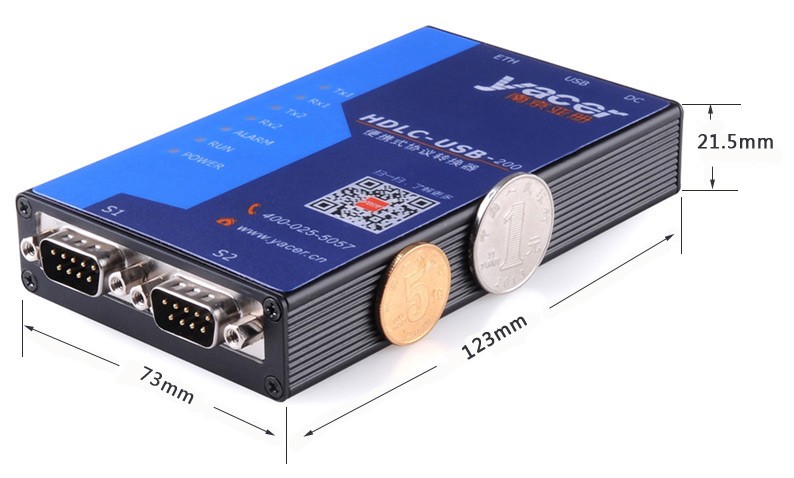

However the LMR12010 in your latest designs is only rated at a maximum of 24V vs the LMR14006 of 45V. I like your supply design on 2.0 and 2.1. Your board is nice as well, I went with the larger supply mostly because it is what i’ve used in a lot of past projects which usually require a couple amps, not completely needed for these ESP designs. Posted in Transportation Hacks Tagged CAN, canbus, ESP32 Post navigation You haven’t tried playing with your car’s CAN bus yet? Maybe you should read this to whet your appetite. So far, has hooked it up to an LCD display, but we can see so many other useful things coming out powered by something like this. has a list of potential applications for the board, many of which take advantage of the ESP’s wireless capabilities. Software-wise it’s a blank piece of paper for the user to roll their own application, but since the ESP32 is supported by the Arduino ecosystem, there are libraries that make talking CAN as easy as it can be. It’s a small PCB with an onboard CAN interface from an ESP32-S3 and a car-friendly power supply circuit, and perhaps most importantly, it has an auto-shutdown feature to prevent battery drain. This is what has done, with his RejsaCAN microcontroller board. Some people go no further than commercial plug-in analysers, while others build their own CAN devices. Since modern cars use the CAN bus for so many of their functions, it’s unsurprising that it’s a frequent object of interest for those in our community.


 0 kommentar(er)
0 kommentar(er)
